- Learning time
- 60 minutes
- First play time
- 220 minutes
Shogun
Designed by: Dirk Henn
Shogun is a development of a game called Wallenstein. In the latter players battled for Germany – here they are fighting for control of Japan in the fifteenth century.
Play is decided by cards. The board is a map of Japan broken into several regions, and players will be fighting for them as well as constructing buildings on them (for points) and gathering gold (to supply armies) and food (to feed them). A series of cards decide the events that happen across the board, and players then activate these in the regions they currently occupy.
Although Shogun is a game of combat it’s by no means exclusively so – there are only two options to go to battle in each round, and there are plenty other things to do as mentioned above. The way the game progresses is players play region cards face-down onto their own player boards and then a communal set of cards reveal the order each action will be activated. So it is impossible to plan conclusively as you won’t know what order you’ll be doing things in when you make your region choices.
After four rounds there is an interim scoring where players accumulate points for regions in their control, majorities in larger areas of the map, and buildings in their regions. After another four rounds there is a second scoring and the game ends.
There are some other elements to consider – the fact that peasants will rise up in revolt if you exploit regions once too often, and the unique combat mechanism of the cube tower, where players throw their armies in at the top and the winner is the player with the most cubes exiting at the bottom – some cubes may get stuck, but equally some from previous battles may get dislodged.
Finally the key difference from its predecessor Wallenstein – aside from the board itself – is a series of special powers that are auctioned each round. These give you potentially game-winning advantages if played right, and the auctions also decide turn order… another crucial element.
In summary, Shogun is an involved and combative game that also has a seam of luck and rewards shrewd planning.
The guru's verdict
-
Take That!
Take That!
Yes, there's large degree of Take That in Shogun. The most effective tactics often contain an element of surprise.
-
Fidget Factor!
Fidget Factor!
Very little - unless someone takes particularly long during the planning phase (see Brain Burn) players will be all acting near-smultaneously.
-
Brain Burn!
Brain Burn!
The planning of your actions can be tricky, because a scattergun approach will in all likelihood fail. You need to anticipate other player's moves and either foil them, strike first, or come up with something unexpected.
-
Again Again!
Again Again!
It's fairly brain-burny but the right group of players will really enjoy Shogun. For all it's length and complexity the design - once you are familiar with it - is neat and nuanced.


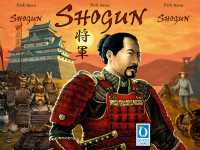

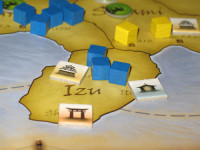


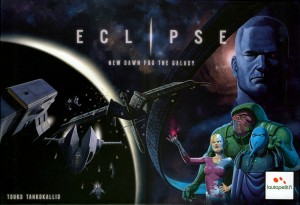
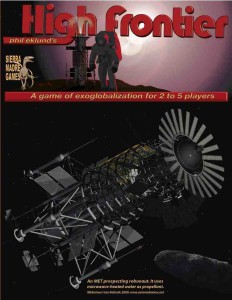
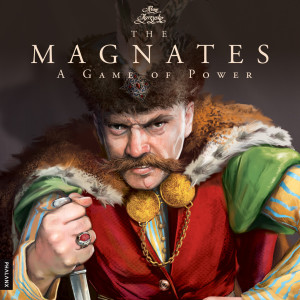
Sam says
I'm not sure that Shogun improves upon its predecessor Wallenstein. The former is simpler, yes, without the special powers. But there's so much going on I don't think they're really needed - unless of course you play Wallenstein every week and fancy a variation. But buying Shogun certainly isn't a mistake: it's a very good game; and you can play it ignoring the powers of course.